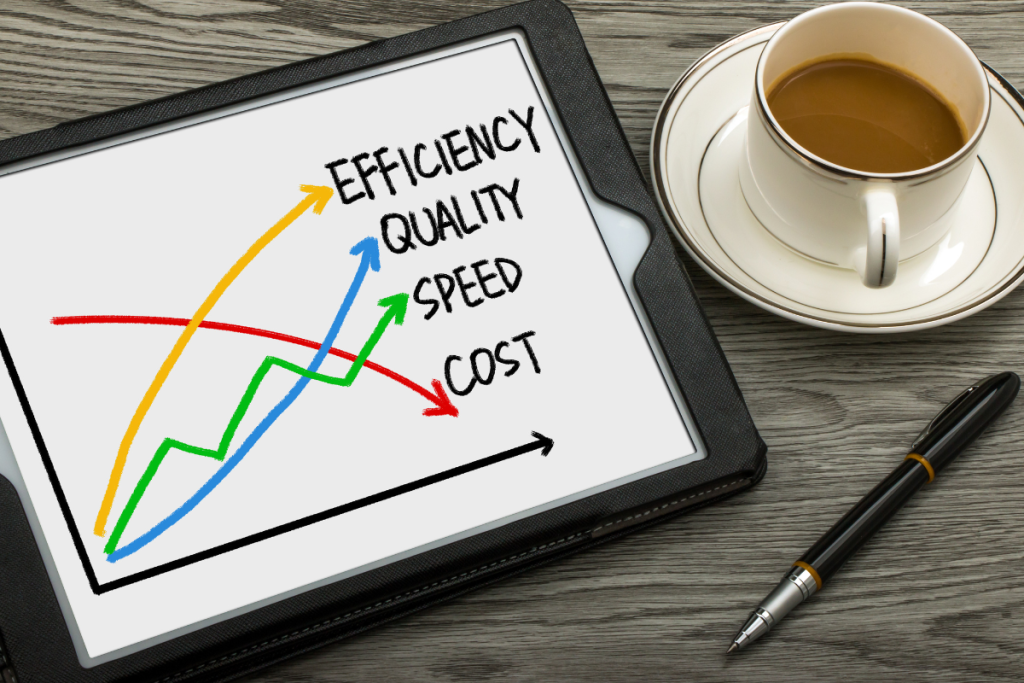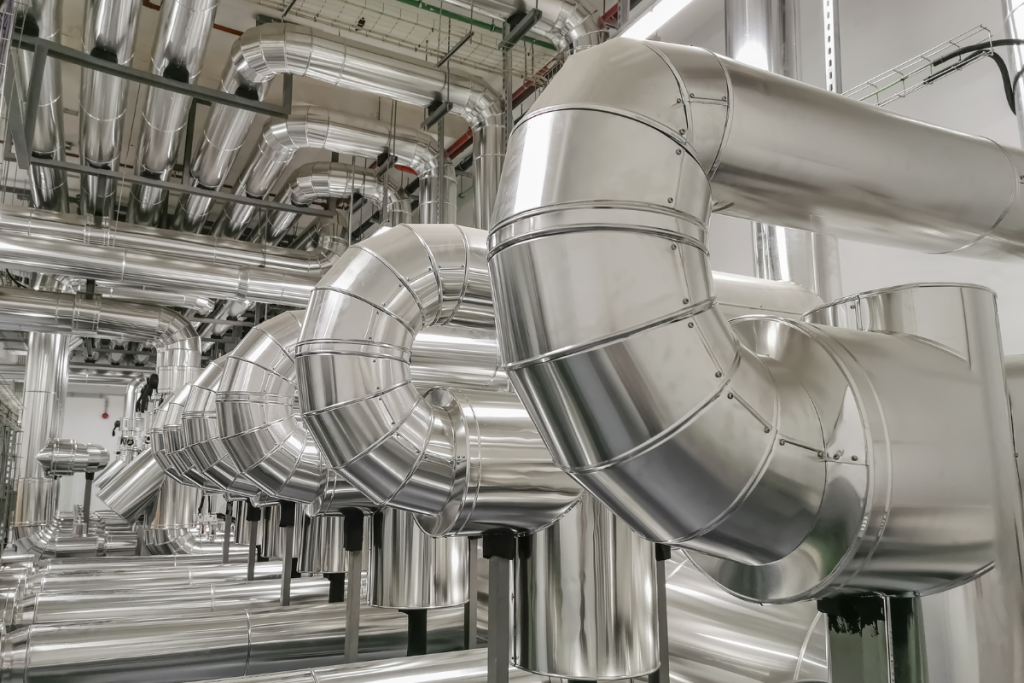Since the COVID-19 pandemic took hold here in Canada, a spotlight has been shone on seniors long-term care facilities and the extra precautions taken to protect the older adults who reside in one.
That’s because the coronavirus has proven to be very dangerous to seniors, with the risk of infection increasing with age. Also, since the virus is known to be transmitted through surface contamination, physical touching, and airborne particles, facility owners are taking steps to manage this and future pandemics so that they protect the health of their residents, as well as facility staff and visitors.
Some of the common steps to controlling the spread of the virus include restricting access to the facility, limiting contact between residents, and deep cleaning throughout common areas. However, added protections can also be implemented into existing and new HVAC systems to help purify the inside air everyone in the building breathes.
Upgrading HVAC Systems In Senior Living And Long-Term Care Homes
As of summer, 2020, Ontario’s Long-Term Care Homes Act didn’t require facilities housing the elderly to have HVAC systems, but rather one designated cooling area for every 40 residents during heat waves.
However, because gathering people together in the same space was discouraged amid the coronavirus, the Ontario provincial government announced a new strategy that will ensure that all long-term care homes in Ontario have air conditioning.
This will not only enable residents to have a more comfortable living experience during heat waves, but also allow facility operators to help protect their residents, staff, and visitors against infection.
6 Strategies That Help HVAC Systems Protect Seniors From Airborne Pathogens
Whether you’re installing a new HVAC system in your facility or making upgrades to your current setup, here are 6 strategies you can implement to better protect the health of your building occupants:
- Filtration: Particles that are pulled into the HVAC system can be trapped with the right commercial air filters. MERV-13 filters trap up to 85 percent of particles from 1.0 to 3.0 microns in size, which makes them the best choice to stop the spread of airborne contaminants. Have your HVAC technicians check which type of filters your system is currently using (many commercial properties are still using MERV-8 filters) and advise if your system has sufficient capacity to upgrade to a higher MERV level. You can further enhance the filter’s effectiveness by treating them with antimicrobial coatings that kill dangerous microbes on contact.
- Humidification: Studies have shown that humidity levels of 40 percent or above will inactivate almost 80 percent of all viruses within 15 minutes. If the facility’s current HVAC system does not utilize humidification, it will need to be retrofitted to include some type of humidifier such as evaporative, steam or ultrasonic.
- Bi-polar Ionization: HVAC systems can be fitted with this technology that releases positive and negative ions into the airflow. These ions are attracted to particles such as viruses, fungi, dust, smoke, volatile organic compounds (VOC), and other air pollutants. Charged particles are drawn together into clusters that can be filtered out of the air before it reaches the inside space.
- Ultraviolet C Lights: The application of UV-C lights in certain parts of the HVAC system, such as at the air conditioning coil or within the system ductwork, will help kill microorganisms before they can get into the airstream. You can also place long strips of UV-C lights through the ductwork to deactivate viruses on their way into the living space. UV-C manufacturers suggest an exposure of 10 seconds within proximity of a bulb or spacing blubs every 12 inches.
- Regular Maintenance And Sanitization: The importance of having the HVAC system of a senior living or long-term care facility maintained on a regular basis cannot be overstated. Maintenance packages not only include inspection of hot water and steam boilers and valves, heat pumps, and steam-generating cylinders, but also the sanitization of the components inside the HVAC unit and ductwork. This will help the air remain clean fresh, prevent the growth of pathogens inside the system, and extend the overall life of your HVAC equipment.
- Air Purification: Air purification units offer another efficient way of ensuring that indoor air stays as clean as possible. They can be installed permanently in the ceiling to be switched on when needed, or used as portable units that can be moved to different rooms. Air purifiers also give you the ability to increase air changes when the existing HVAC system is unable to increase the airflow. High-efficiency particulate air (HEPA) filters capture over 99.97 percent of airborne particles as little as 0.3 microns in size.
As more information about COVID-19 becomes available, we’ll continue to monitor and re-evaluate how we can continue to respond to help maintain safe environments and productive operations in senior living and long-term care facilities. In the meantime, we’re happy to answer any questions you have or provide recommendations on improving the air quality in your building through HVAC enhancements that help you save on energy.
Gregg Little, Paul De Thomasis, and Hugo Lopes are co-owners of Springbank Mechanical Systems. They can be reached at 905-569-8990, or via email at gregg@springbank.com or paul@springbank.com or hugo@springbank.com.





